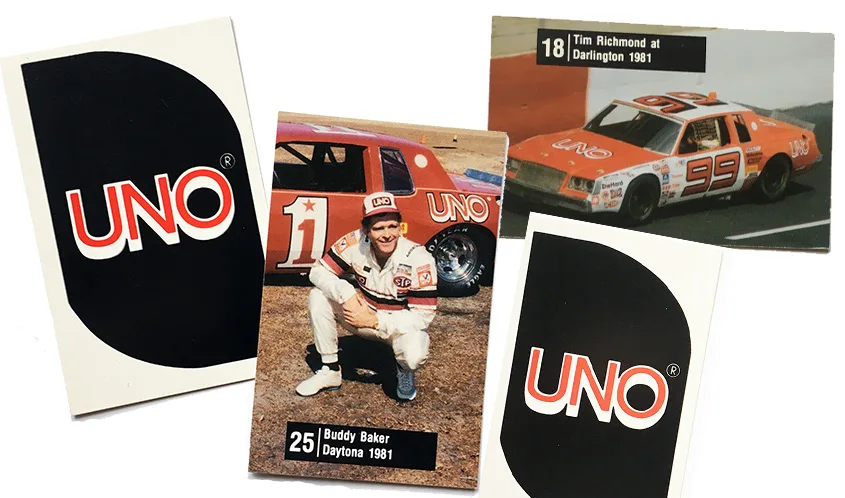Originally published October 2, 2019
UNO: Racing to No. 1
If you were a fan of motorsports in the late 1970s to mid-1980s, there’s a solid chance you saw the word “UNO” flying around the track. In fact, one of the most popular card games of all-time had a presence at race tracks across the U.S. until at least 1991, when Arie “The Flying Dutchman” Luyendyk piloted his RCA/UNO-emblazoned Granatelli Red Indy car across the finish line at the 75th Indianapolis 500.
The following year, International Games, the marketer of more than 30 games, including UNO and Skip Bo, was acquired in a stock-swap, making the Joliet, Illinois-based company a wholly owned subsidiary of Mattel.
At the time, Mattel Games was a newly established imprint, and the company famous for Hot Wheels and Barbie was seeking a quick way to build a library, making an acquisition the perfect way to pull it off and hit retail hard.
“International Games will be the cornerstone on which we build Mattel’s games business and will immediately provide us a meaningful presence in the category,” said John W. Amerman, Mattel’s chairman and CEO at the time. “UNO is the top-selling game in the industry, based on unit sales.”
Following Mattel’s acquisition in 1992, UNO continued to be a staple of game aisles and game nights everywhere, but the rock-and-roll lifestyle and image that UNO once fueled quickly faded.
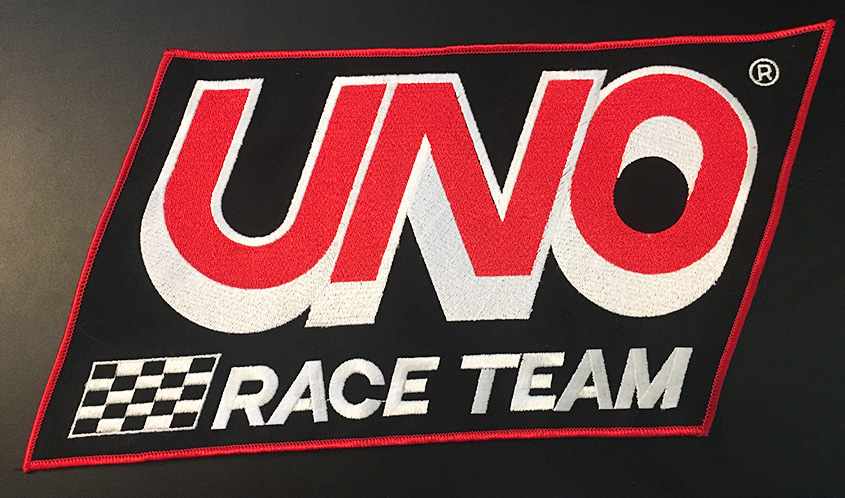
THE TALE OF ROBERT AND MERLE
The basic history of UNO is a famous one — the oft-recounted tale of Merle Robbins, an Ohio barbershop owner and card game enthusiast, who created the game and sold the original version out of his barbershop. Over Thanksgiving weekend in 1971, the game caught the attention of Robert Tezak — owner of a funeral parlor in Joliet — who became hooked. The following year, Tezak made a deal with Robbins to take over UNO, and International Games was formed.
A FLEDGLING GAME COMPANY
As it is with most companies, the first few years were a rough go, but the revised version of UNO was picking up steam and finding success via mail order. Eventually, the game hit shelves at retailers like Walmart and Kmart, and an empire was born.
“We just knew absolutely nothing about the toy business and started a trial-and-error process that was very interesting but very rocky. … We were very lucky,” Tezak explained in a post-acquisition interview with United Press International in 1992.
Maybe they were “lucky,” but International Games was a marketing pioneer — something many may not have realized at the time. There’s an entire piece of the UNO legacy that is often missed.
OFF TO THE RACES
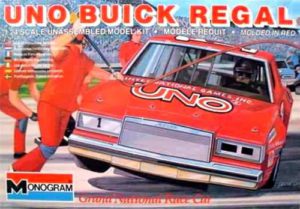
International Games put its products in front of an audience to build a following. The company donated prizing for WGN’s The Bozo Show, landing its games on television without the major ad spend. Then it hit live events, including a massive push into auto racing.
Motorsports had become big business, and an opportunity was right there in Joliet. During the summer months, thousands of fans were attending Midget auto races on the short track at Joliet Memorial Stadium. Hosted by the United Auto Racing Association (UARA), the races were a family affair and the perfect place to market games. UNO soon became a logo regularly seen on cars, and intermission giveaways to the fans in the stands were frequently presented “courtesy of International Games.”
UNO Racing became a fixture, with World of Outlaw Midgets (now backed by Tezak) taking over the the open-wheel action in Joliet from UARA. Soon, UNO Racing hit the mainstream with NASCAR and Indy sponsorships.
Tim Richmond won “Rookie of the Year” at the 1980 Indianapolis 500, scoring a top-10 finish behind the wheel of his No. 21 car. Pictured on the side? A pack of UNO cards with the phrase, “Let’s Play a Game!” Two months later, he made the jump from open-wheel to NASCAR, and by late summer, Richmond was hanging with Tezak in Joliet.
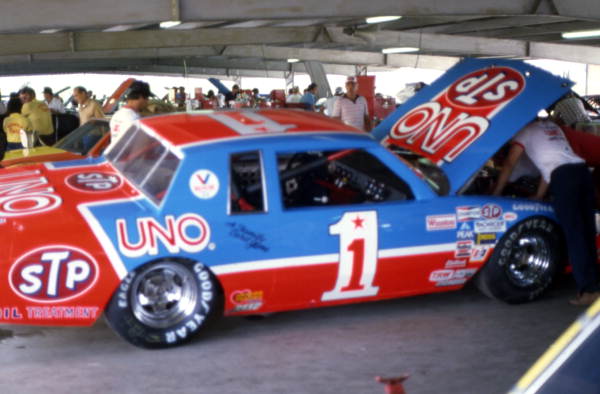
As UNO Racing expanded, famed drivers, such as Buddy Baker and Kyle Petty, were sporting not only the UNO logo on their cars, but the International Games logo as well.
In 1983, International Games released a new UNO deck, though not a playable one. The company produced a complete set of NASCAR trading cards under the UNO Racing name — innovative for a time when motorsports hadn’t yet hit the baseball-dominated trading card market. Richmond, who had been nicknamed “Hollywood” after pursuing acting classes following some work (along with other NASCAR stars) in the Burt Reynolds-led Stroker Ace, was featured heavily in the deck, as his star was rising quickly and his fast-living reputation was growing.
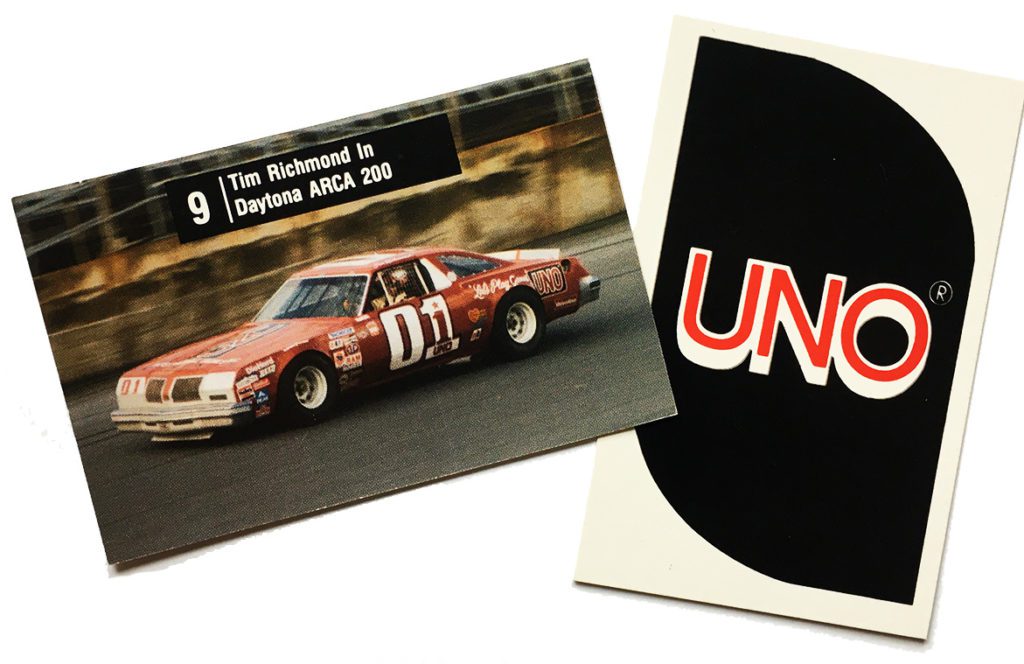
At the same time, Tezak’s career was a three-pronged effort spanning across games, racing, and politics. In Illinois, he was elected Will County Coroner and served as a delegate for the Republican National Convention.
A LICENSING PIONEER
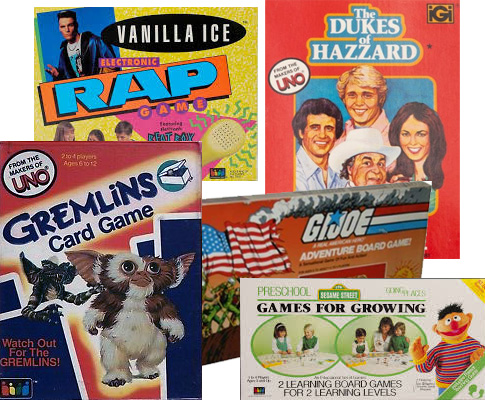
International Games was one of the first to become a major player in co-branded licensed games. By the mid ‘80s, the company had worked with Warner Bros. for card games based on The Dukes of Hazzard and Gremlins, Hasbro for the G.I. Joe: A Real American Hero Adventure Board Game, and Sesame Workshop for a range of Sesame Street Games for Growing (later reissued under Mattel).
Rolling into the ‘90s, the company partnered with Mirage Studios for Teenage Mutant Ninja Turtles games, Troma for the Toxic Crusaders card game, and was quick to partner with Vanilla Ice for an Electronic Rap Game. Of course, each and every package featured a callback to where it all started: “From the makers of UNO.”
In May 1991, International Games released The Indy 500 75th Running Race Game, described as “High Horsepower Card Game Excitement!” In retrospect, it serves as a fitting bookend for a racing-fueled era of game industry history.
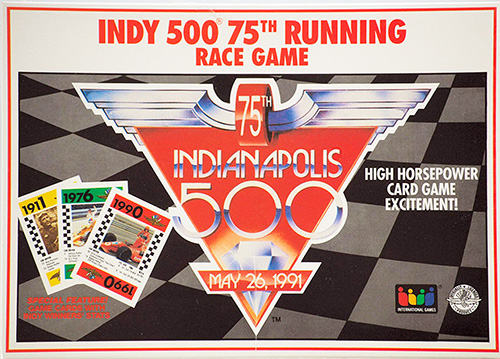
As for Tezak, his life post-UNO has been colorful. Now retired out west, his adventures will make a great movie someday — as will the stories of some of those who once ran in the same circles. Richmond, who inspired Tom Cruise’s character in Days of Thunder, died in 1989 — a high-profile casualty of the AIDS crisis at the age of 34.
A LASTING LEGACY
Nearly three decades after Mattel took over International Games, UNO continues to be a highlight for Mattel Games. UNO was inducted into the National Toy Hall of Fame last year, while brand extensions and licensing continue to drive the line with new offerings, such as DOS, UNO ColorAdd, and UNO Flip!
UNO also recently got a new Toy Story 4 edition with a special rule for younger players.
And now, BTS UNO has arrived — an all-new deck that sees the red-hot Korean pop stars take their place in the UNO Legacy. Nearly 50 years since UNO hit the scene, the NPD Group says it’s still holding strong as “America’s Favorite Card Game.” UNO is No. 1.
BONUS FEATURE: TRES UNO
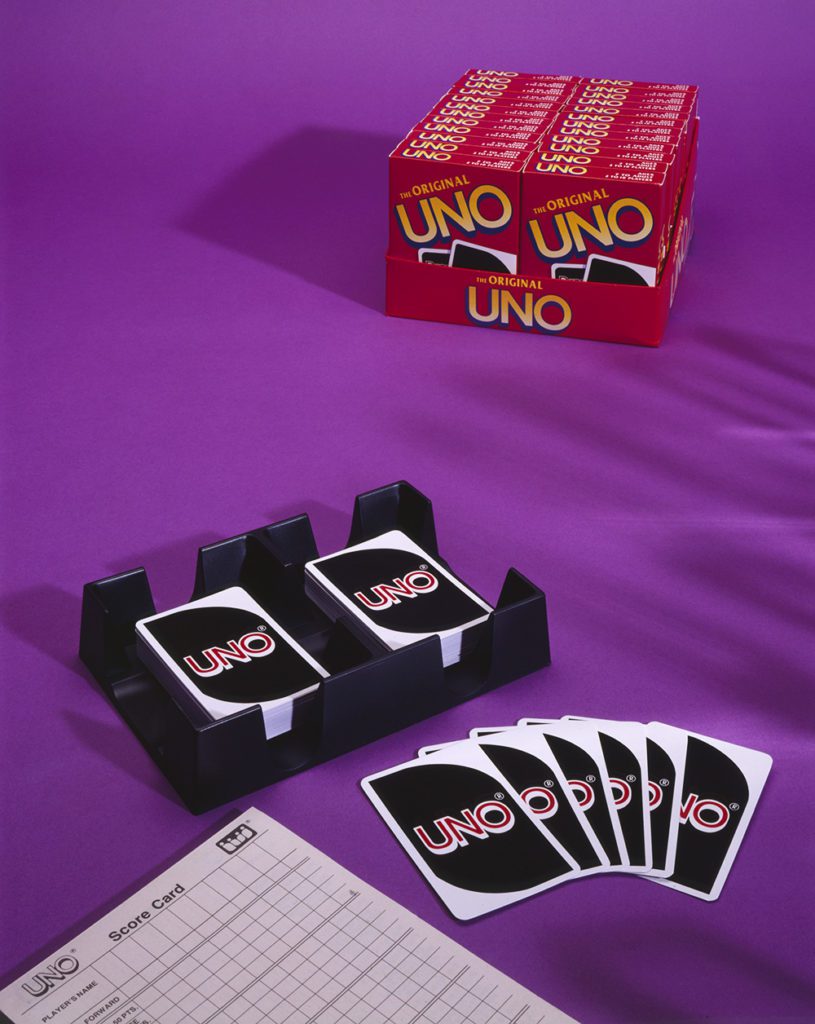
THE ORIGINAL
The original UNO has experienced a few tweaks over the years, but it’s largely the same game that you remember. A recent tweet from @realUNOgame set the internet ablaze with news that some “rules” that many play by may not be considered official.
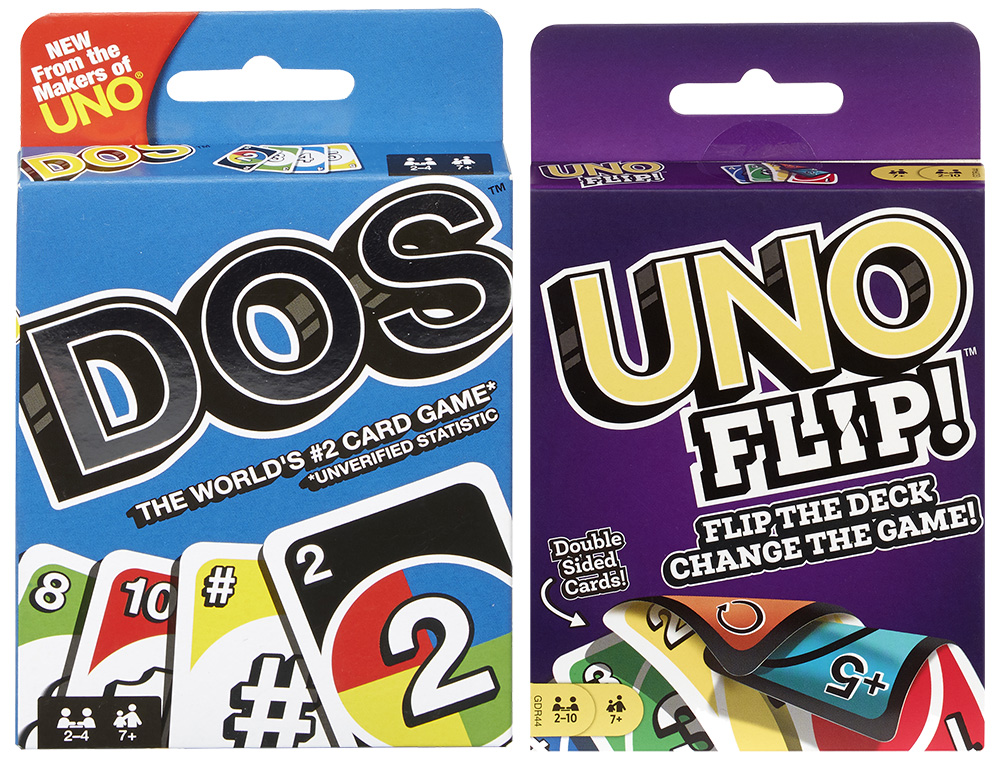
SECOND BEST
Is DOS “The World’s No. 2 Card Game?” That’s an unverified statistic that’s been on the box since its launch last year.
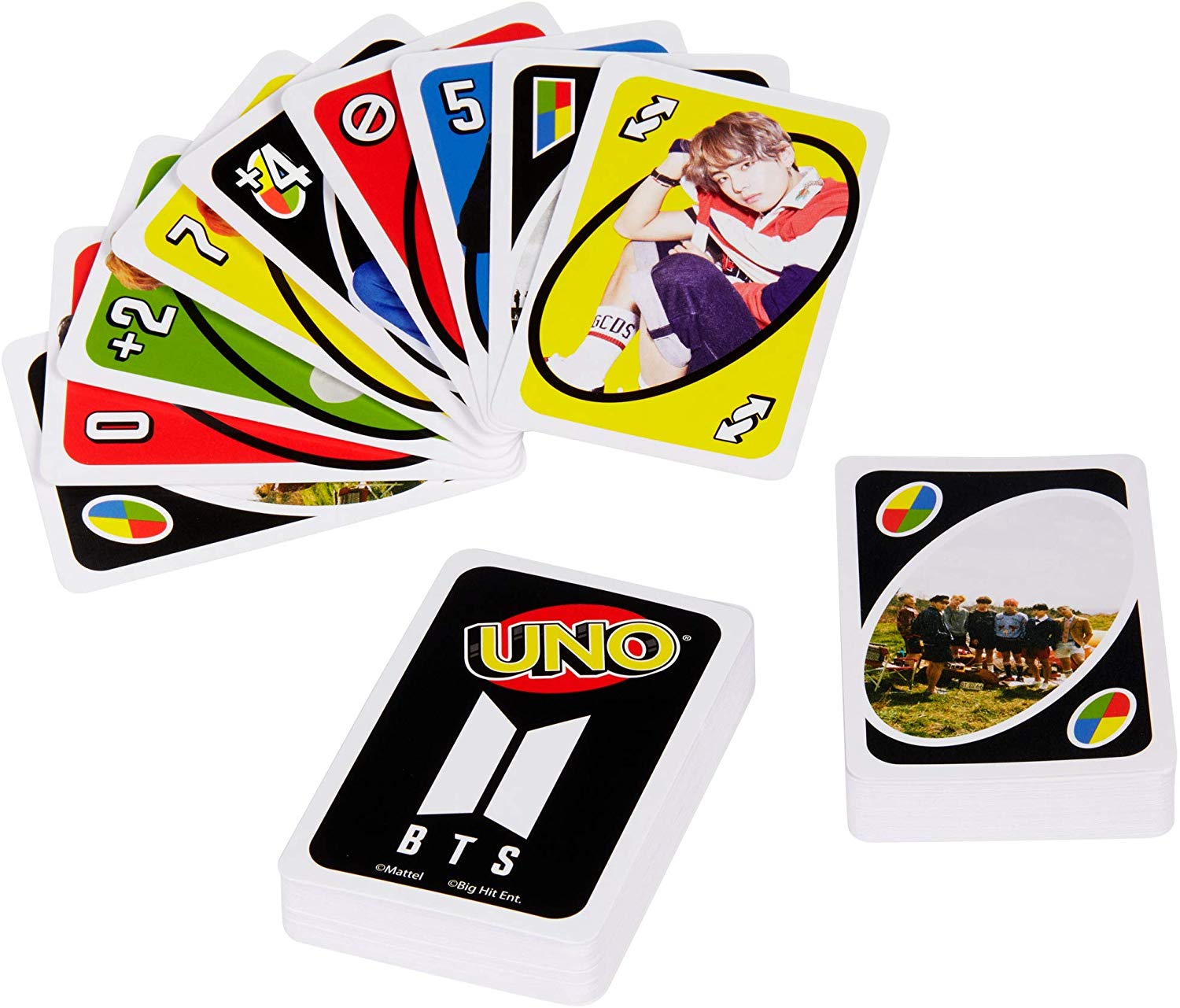
THE WILDCARD
First seen at Toy Fair New York, V, SUGA, Jin, Jung Kook, RM, Jimin, and j-hope are featured in BTS UNO. The pop group has sold millions of records, but will they move millions of decks?
This article originally appeared in the September/October 2019 issue of the Toy Book.

